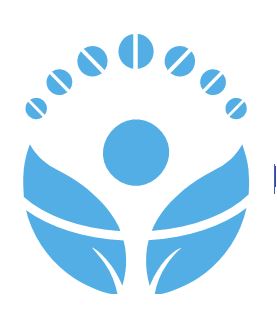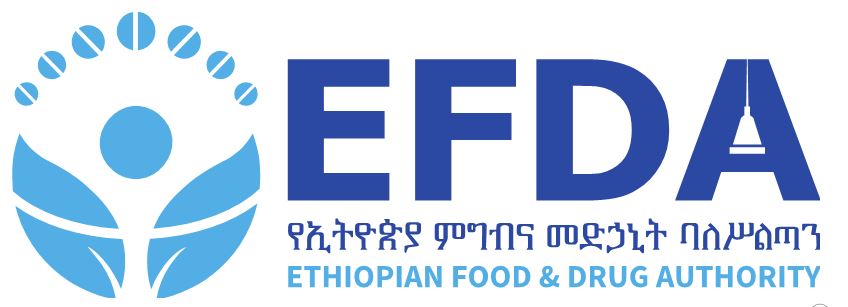As the dynamicity of the healthcare continuous to expand, an increasing number of sophisticated medical instruments will be introduced into the healthcare delivery system. As a result, a system capable of supporting the utilization of the medical technologies must be in place. Managing medical equipment has always been an integral part of healthcare system and will remain so in the future. Medical Instruments are ranging from simple tongue depressors and bedpans to complex programmable pacemakers with micro-chip technology and laser surgical devices. In addition, medical instrument includes in vitro diagnostic products, such as general purpose laboratory equipment, reagents, and test kits, which may include monoclonal antibody technology. Certain electronic radiation emitting products with medical application and claims meet the definition of medical device. Examples include diagnostic ultrasound products, x-ray machines and medical lasers. In this regard the Food, Medicine and Healthcare Administration and Control proclamation no 661/2009 defines “Medical Instrument” as any instrument or supply that may be used on the inner or outer part of the body for diagnosis or treatment of a disease in human, and includes various diagnostic, laboratories, surgery, dental medical instruments and suturing materials, syringes, needles and other supplies. Even though it is included in the definition of medicines, this definition provides a clear distinction between a medical instrument and other regulated products at national level. Since medical instruments are health products which could be used by human beings, they need a serious regulation. That is why they are one of the products included in the national legislation for their regulation. The regulation of medical instrument is a vast and rapidly evolving field. They usually need rigorous safety standards in production and are demanding a well-established regulatory system. This is because of the safety concern that may cause by the improper use of any personnel or medical staff on patients who are not able to respond to hazardous conditions or pain, an actual electrical connection between the equipment and patient may exist, and certain types of medical instrument function as life support, the failure of which could result in the death of the patient. Different countries use different classification schemes for medical instruments depending on their set up. Accordingly, for our purpose we use the GHTF harmonized classification method and all equipment will be classified according to the potential risk level they have and will also be categorized and listed on the different level of care we have. The availability of the correct standards of medical instrument at each level of health care is crucial for the proper use. These devices should be safe, effective and affordable. Moreover, the devices must have the required quality and avail in adequate quantity at all times. One of the tools for ensuring the availability, accessibility and affordability of these devices and equipment is setting a proper regulatory system. The regulation system of medical instrument includes the following issues but not limited to
- Home
- About Us
- News and Events
- Services
- Publications
- Directorates
- Director General
- Medicine Sector Deputy Director General
- Food Sector Deputy Director General
- Medical Device Sector Deputy Director General
- Chief Executive Officer
- Basic Service Executive Officer
- Competence & Human Resource Management Executive Officer
- Information & Technology Executive Officer
- Organizational Change Management Executive Officer
- Procurement & Finance Executive Officer
- Strategic Affair Executive Officer
- Women & Inclusive Social Affair Executive Officer
- Branch Office Head
- COVID19
- Public Information
- Announcement
- Contact
National Medical Instruments List with minimum specification 2013
You are here:
- Home
- Publication
- National Medical Instruments List with…



